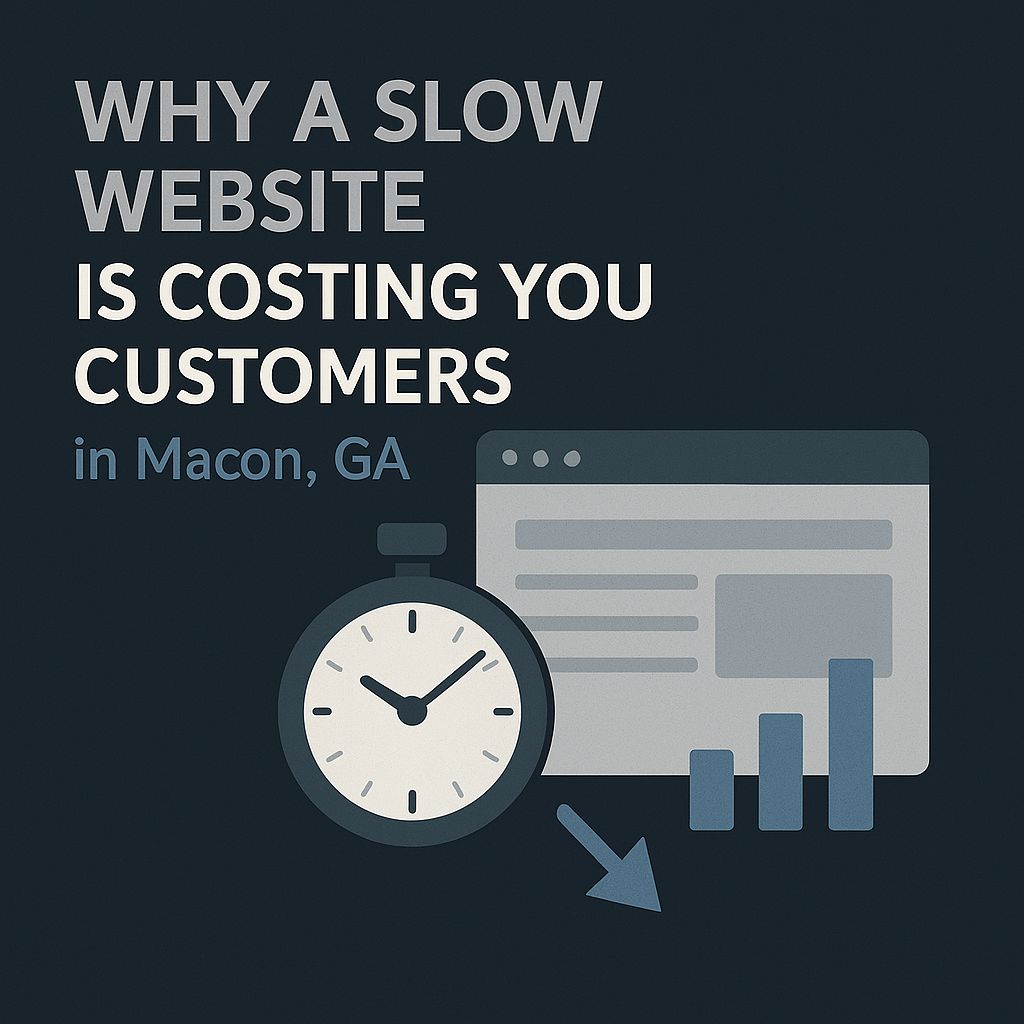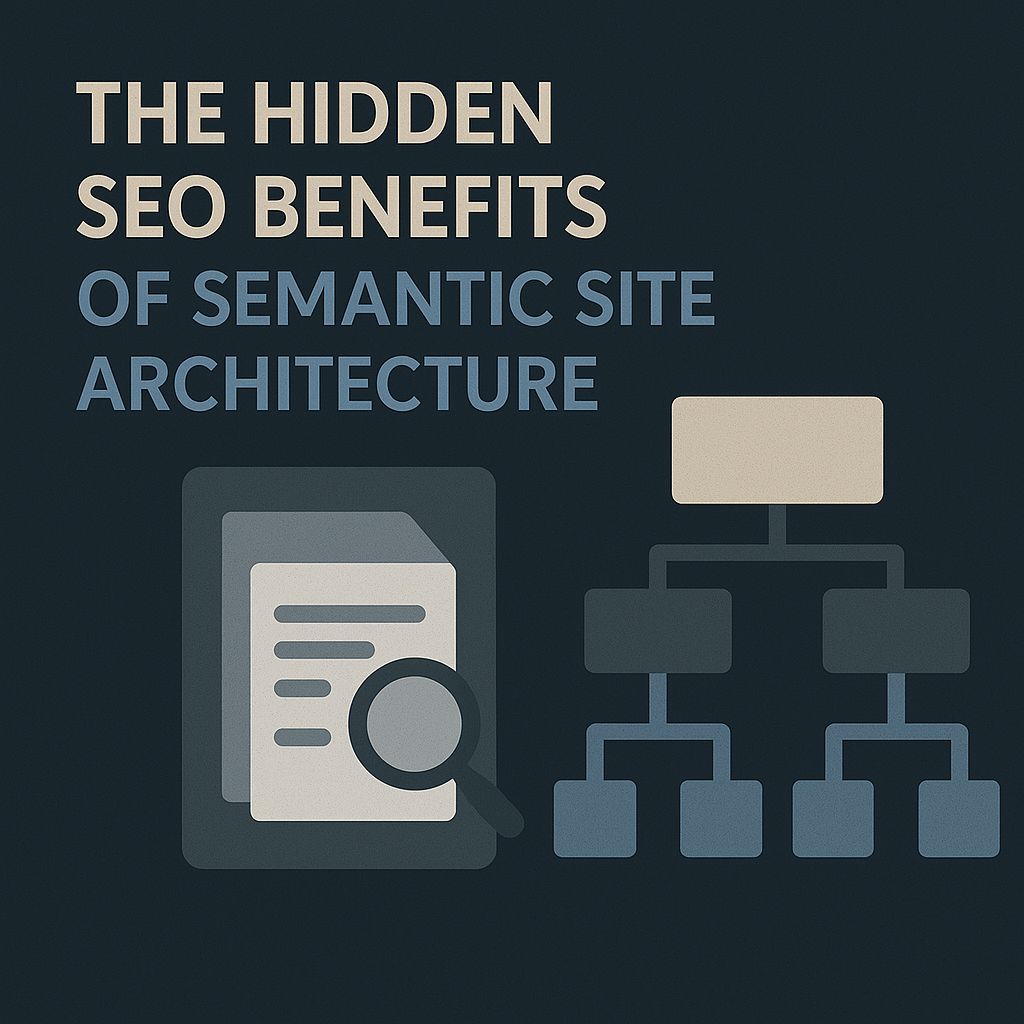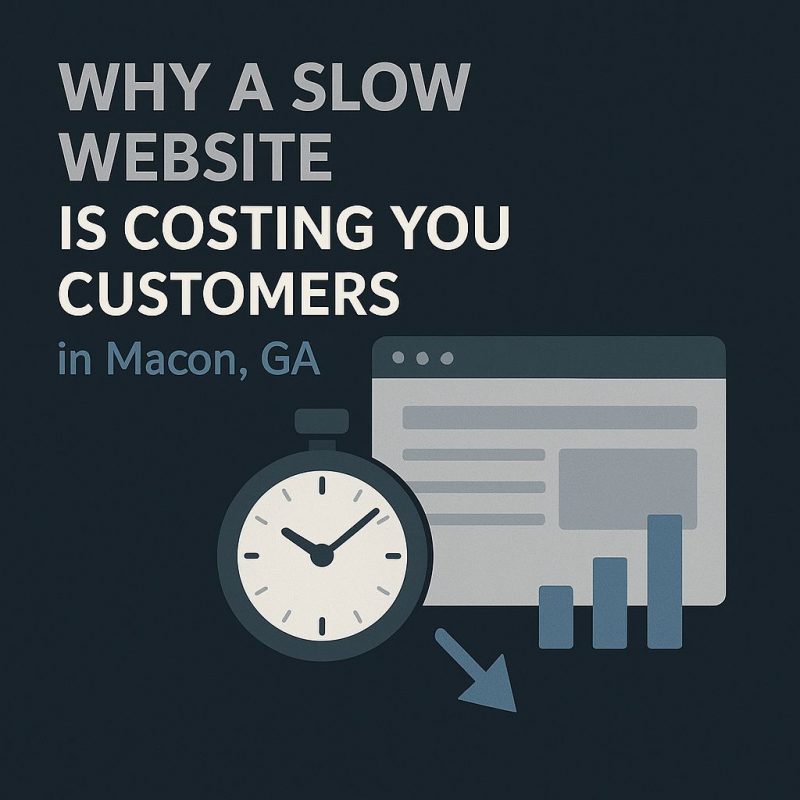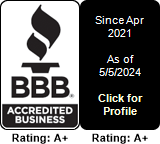In a digital landscape shaped by speed, intent, and relevance, Macon businesses can no longer afford to treat their websites as digital brochures. Whether you’re running a professional service, a local retail brand, or a fast-scaling startup, your website is not just a static presence. It’s a performance engine. But here’s the problem: too many businesses in Macon are operating on underperforming platforms. They’re slow. They’re templated. They’re visually polished but structurally broken. And they’re bleeding potential customers every single day. This article breaks down five specific, actionable reasons your site may be costing you conversions, trust, and visibility. From poor load times to outdated architecture, from ignored mobile behavior to code that confuses search engines, we’ll cover what’s dragging your platform down, and exactly how to fix it. Along the way, we’ll also show you why working with a partner that understands both the digital demands and the local nuances of Macon’s market can mean the difference between stagnation and scale. If you’re serious about performance, this is where you start. Let’s get into it.
1. Slow Load Times: The Silent Conversion Killer in Macon
You have less than three seconds. That’s how long most users, especially mobile ones, will wait before abandoning a slow-loading site. In Macon, where mobile-first behavior is prevalent and broadband access varies by neighborhood, performance isn’t a luxury. It’s a necessity. Businesses still operating on bloated themes, outdated hosting, or plugin-heavy builds are unknowingly driving customers away at the first impression. According to Google’s research, bounce rates increase by 32% when page load time increases from one second to three seconds. Add another two seconds and that bounce risk jumps to over 90%. Now imagine what that means if you’re running paid traffic or competing for organic rankings in a small, highly localized market like Macon. The cost isn’t just lost traffic. It’s lost trust.

Fast websites don’t just load quickly. They feel responsive, effortless, and frictionless. That sense of instant accessibility directly translates into credibility. Visitors associate speed with professionalism, even if they don’t consciously realize it. Want to stand out in Macon’s competitive service landscape? Start by trimming the fat. Compress your images. Optimize your hosting. Use lazy loading. Clean up code. Then benchmark your Core Web Vitals. A website built for speed doesn’t just perform better. It converts better, too.
2. Why Mobile-First Design Drives Conversions in Macon, GA
Walk through downtown Macon or browse the waiting room of any local clinic or coffee shop, you’ll see the same trend: mobile-first behavior is the default. Macon’s population, spread across both urban and suburban zones, relies heavily on phones for search, navigation, and online decision-making. According to recent mobile usage data, over 70% of web traffic in mid-sized Southern markets originates from mobile devices, and that number is growing. If your website isn’t mobile-first, it’s not built for the real Macon user.
Mobile-first doesn’t just mean your site shrinks on smaller screens. It means the design starts with the mobile experience and expands outward, not the other way around. It means finger-sized buttons, collapsible menus that make sense, compressed fonts, streamlined navigation, and content hierarchies that work in a vertical flow. And it also means speed, tap-to-call functionality, and click-through CTAs that actually work on small devices.

In Macon’s service economy, where customers are often deciding between one provider or another within a matter of seconds, your site’s ability to guide them through a frictionless experience on mobile is the difference between a phone call and a bounce. Prioritize mobile-first design not because it’s trendy, but because it aligns with the behavioral reality of your audience. Anything less is leaving money on the table.
3. Templated Sites Don’t Cut It in a Market Like Macon
It’s tempting to grab a sleek WordPress template, drop in your content, and call it a day. But in a city like Macon, where your audience is simultaneously local, relationship-driven, and digitally selective, a one-size-fits-all website doesn’t just miss the mark. It costs you trust. Templated sites often come with bloated codebases, plugin dependencies, and zero UX planning. They look nice in mockups, but they rarely convert in the wild.
What works in Macon is digital specificity. A pediatric clinic in North Macon has different content needs, search behavior, and conversion patterns than a personal injury law firm downtown. A home services business targeting Byron or Warner Robins can’t rely on the same structure or tone as a boutique retailer on Cherry Street. Templates don’t adapt to those nuances. Custom sites do.
With a custom build, every detail is shaped around actual user behavior and local intent. Pages are mapped to buyer journeys. Navigation flows are built to reduce friction. Conversion elements are designed to nudge, not scream. A well-crafted, custom site reflects your brand’s maturity and communicates that you’re built to serve, not just to show. That distinction matters in a trust-based market like Macon.
If you’re currently operating on a generic template and wondering why leads are low or bounce rates are high, the problem might not be your product. It might be the structure your message lives in. And that structure should be designed, not downloaded.
4. What Google Actually Sees in Your Code, and Why It Matters
Most business owners look at their website from the front end: the way it looks, the way it feels. But Google sees something entirely different, your structure, your metadata, your crawl paths, and your code cleanliness. If your backend is a mess, your rankings will reflect it. No matter how nice your homepage looks.
In Macon’s tightly competitive digital space, where most search terms return localized results and map-pack entries dominate visibility, technical SEO isn’t a bonus. It’s the barrier to entry. Poorly structured sites confuse crawlers. Pages without H1s, images without alt tags, content that’s not wrapped in proper schema. These issues may sound minor, but they compound fast. They dilute your site’s semantic relevance and reduce your chances of being indexed where it matters most, on local service queries with real buyer intent.
That’s why smart design teams bake SEO structure directly into the development process. We’re talking about semantic HTML5 structure, schema markup that defines service areas and industries, canonical tags to avoid duplication, and lazy-loaded elements that preserve speed. This isn’t extra. This is the language your site speaks to Google. If it’s not fluent, you’re invisible.
If you’re unsure whether your current site is built to communicate with search engines, start with a crawl audit. You might be surprised how many technical red flags are quietly undermining your visibility, especially if your site was built from a mass-market theme or overseas developer. Clean code isn’t glamorous. But it’s your silent partner in digital visibility.
5. The Hidden SEO Benefits of Semantic Site Architecture
Semantic site architecture is one of those concepts that rarely makes its way into small business conversations, and yet, it’s one of the most powerful tools for long-term digital growth. In plain English, it means your website is built in a way that reflects the meaning, priority, and relationships of your content. Every URL, heading, breadcrumb, and internal link is part of a broader logic system designed to help both users and search engines understand how your site works.
This is where most Macon businesses fall short. They might have a homepage, a few service pages, and maybe a blog. But no hierarchy. No pillar pages. No internal linking strategy. No topical clusters. As a result, Google sees a flat site with fragmented relevance. But when you build semantically, connecting pages around shared topics, using consistent structures, and mapping journeys that reflect real behavior, you earn authority over time.

Let’s say you’re a Macon-based web design company. You wouldn’t just have one page about services. You’d have supporting pages on mobile UX, SEO integration, custom development, and conversion strategy—all internally linked to your main Web Design Macon GA page. That’s semantic strength. That’s how authority compounds.
Done right, semantic architecture makes every page work harder. It distributes link equity, reduces bounce risk, and helps your content rank deeper. It’s not just about SEO. It’s about organizing your platform for how both humans and algorithms make decisions. And in a market like Macon, where digital trust is earned through clarity, it’s an edge most competitors overlook.
Final Thoughts: Build to Perform, Not Just to Exist
If you’ve made it this far, you’re not just looking for surface-level solutions. You’re serious about digital performance. And in Macon, where attention spans are short but loyalty is deep, your website needs to deliver more than just pretty visuals. It needs to load fast. Speak to mobile users. Communicate cleanly with Google. Reflect your unique value. And grow with you.
Whether you’re overhauling an outdated template, planning a new product launch, or just tired of sites that underperform despite looking good, it may be time to rethink your foundation. Because websites that are strategically designed, from their structure to their speed, don’t just sit there. They sell. They scale. They build trust on contact. And that’s exactly what we build at Southern Digital Consulting.
📍 Ready to stop guessing and start performing? Let’s build a site that actually works. Explore our Web Design Macon GA services to see what purposeful digital architecture can do for your business.


